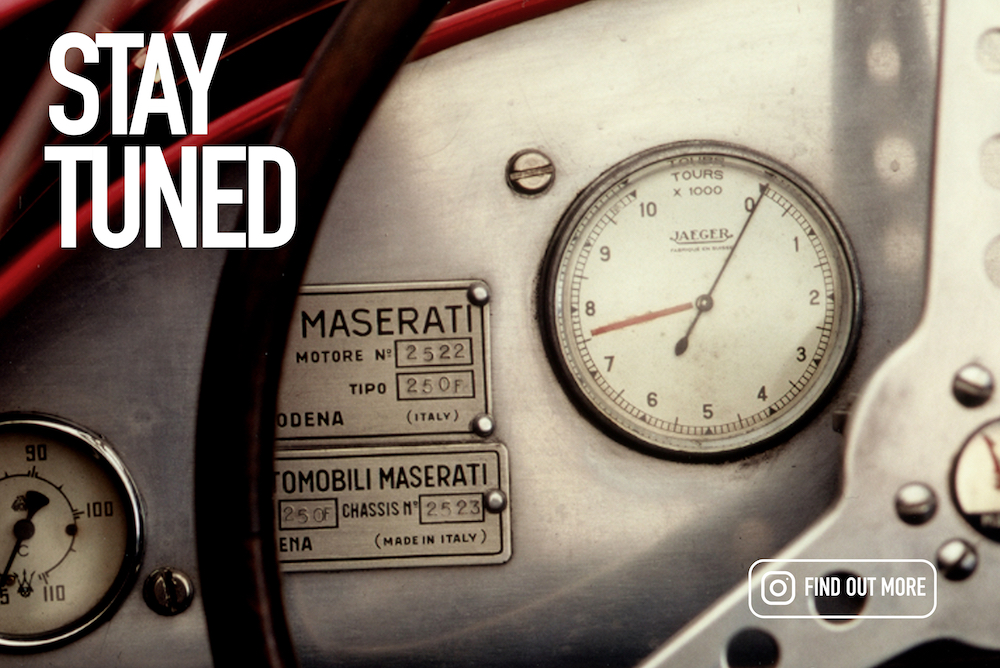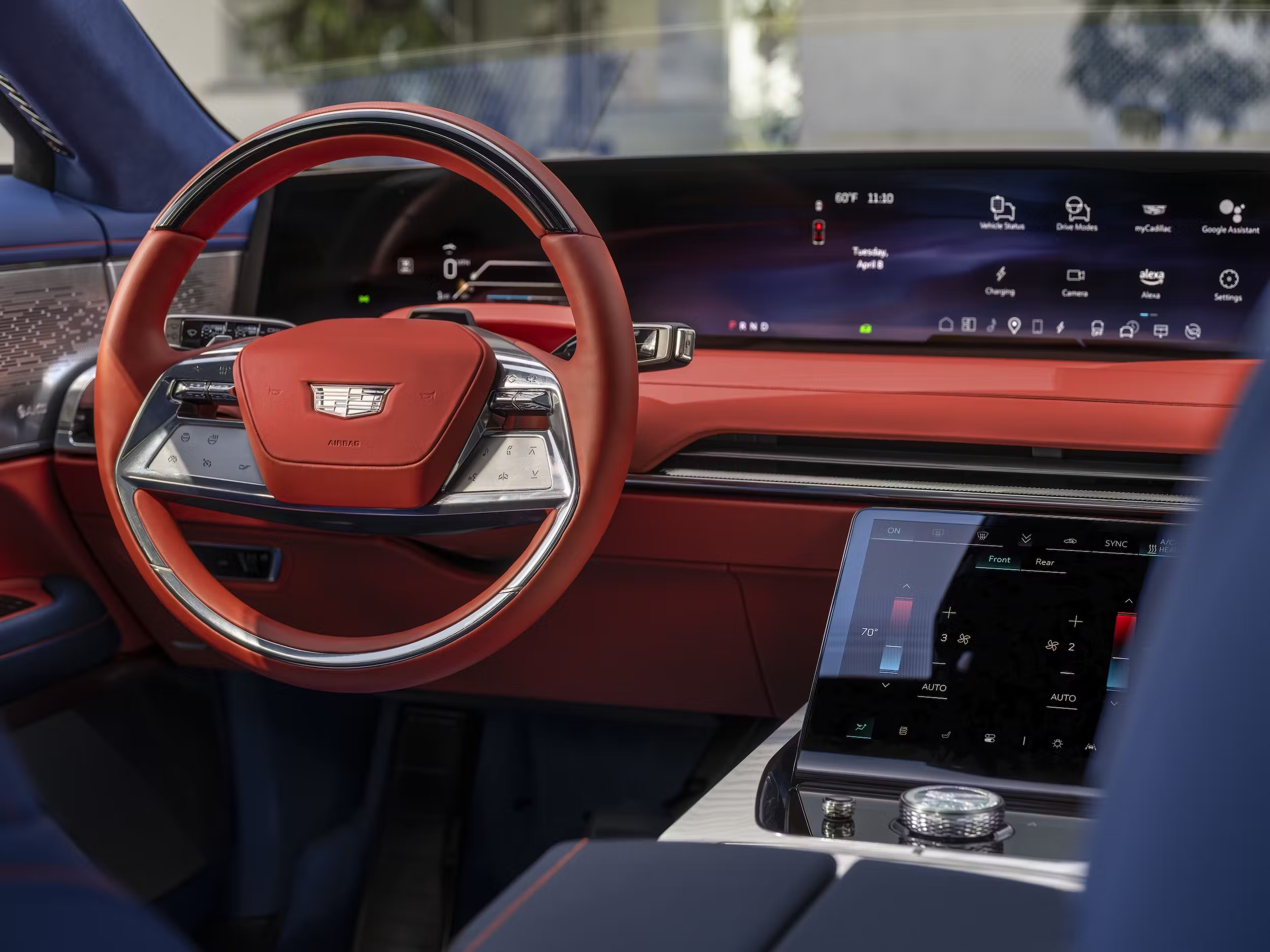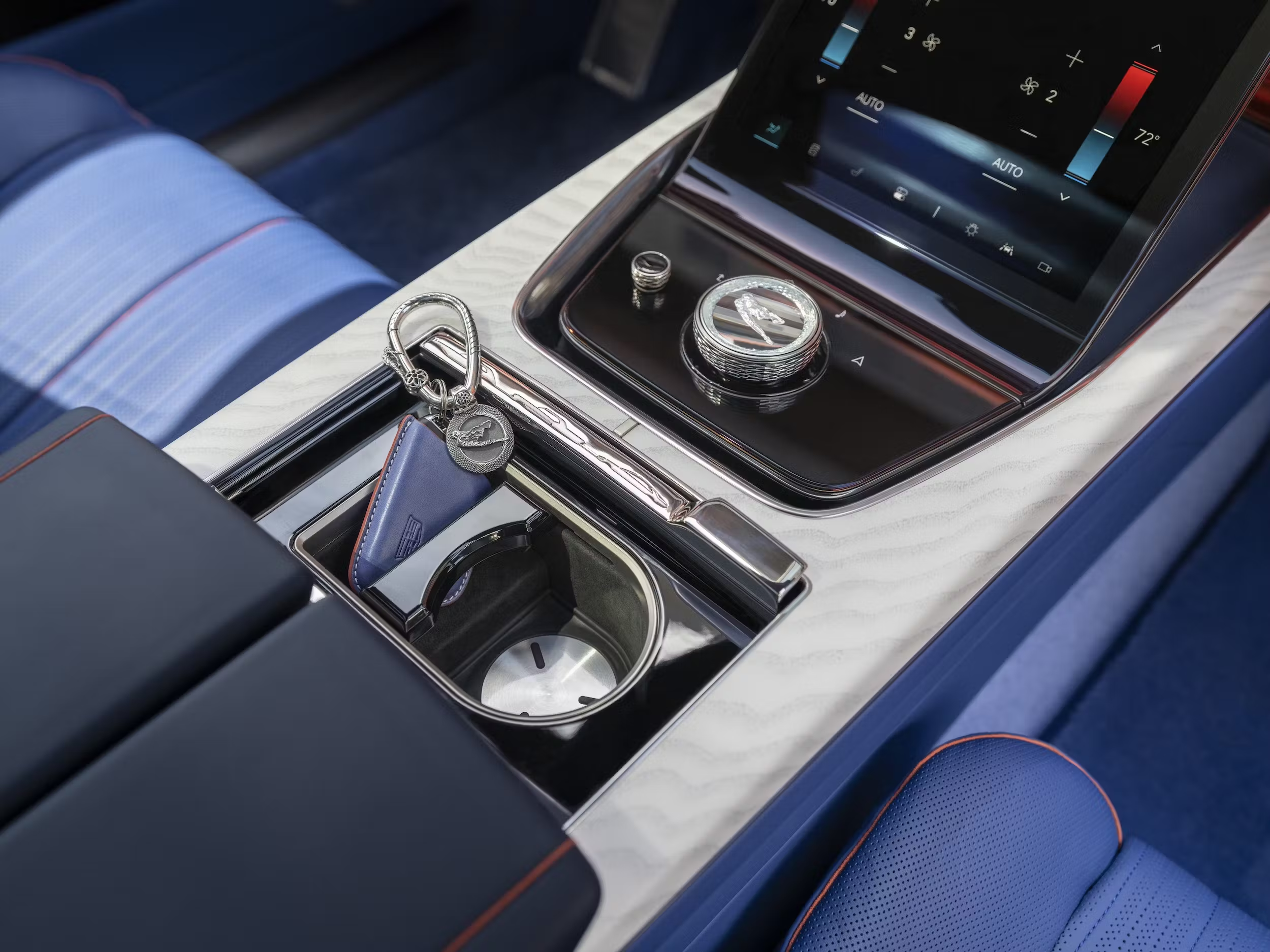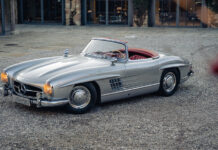People often complain that those gorgeous and slippery concept cars that automakers create to tout their brand vision and design prowess get watered down to weak sauce by the time they reach production. There is a good reason for this — and it’s not without careful consideration.
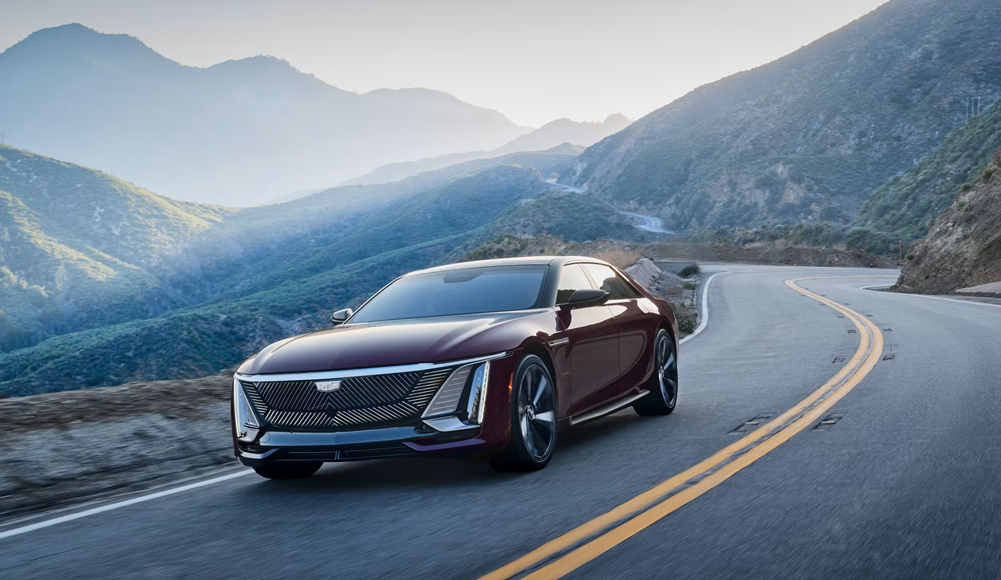
As well as a good reason for why designers never get promoted to the CEO job at car companies. And then every once in a while, a major automaker sets out on some glorious, hopelessly quixotic mission to prove the rule: to prove why concepts should stay concepts and designers should stay designers, answerable to people with business sense. The circa-$350,000 Cadillac Celestiq is the latest such example, a rolling all-electric pleasure dome for the garages of Xanadu. GM’s Kublai Khans decreed that it loudly blow Cadillac’s horn in a noisy luxury market.
Will the Celestiq ever turn a profit? Could it? Does it even matter?

The Celestiq is a supremely quiet and capable tourer that has an immaculately detailed interior and gobs of road presence. The thing swivels heads, and it’s likely to do so for a long time, as very few will appear on the road in your lifetime. With Cadillac continuing to race at Le Mans and preparing to enter Formula 1 in 2026, the brand wanted a showroom stunner to announce that business is no longer as usual at “The Standard of the World.”
Caddy was once a regular in the game of bespoke bolides. The Celestiq’s center console calls attention to this fact on the cupholder door, which is engraved with silhouettes of the Celestiq, the 1934 V-16 Aerodynamic Coupe, and the 1957 Eldorado Brougham. The latter’s brushed stainless-steel roof, airbag suspension, and $13,000 price tag made it more expensive than a Rolls-Royce at the time.
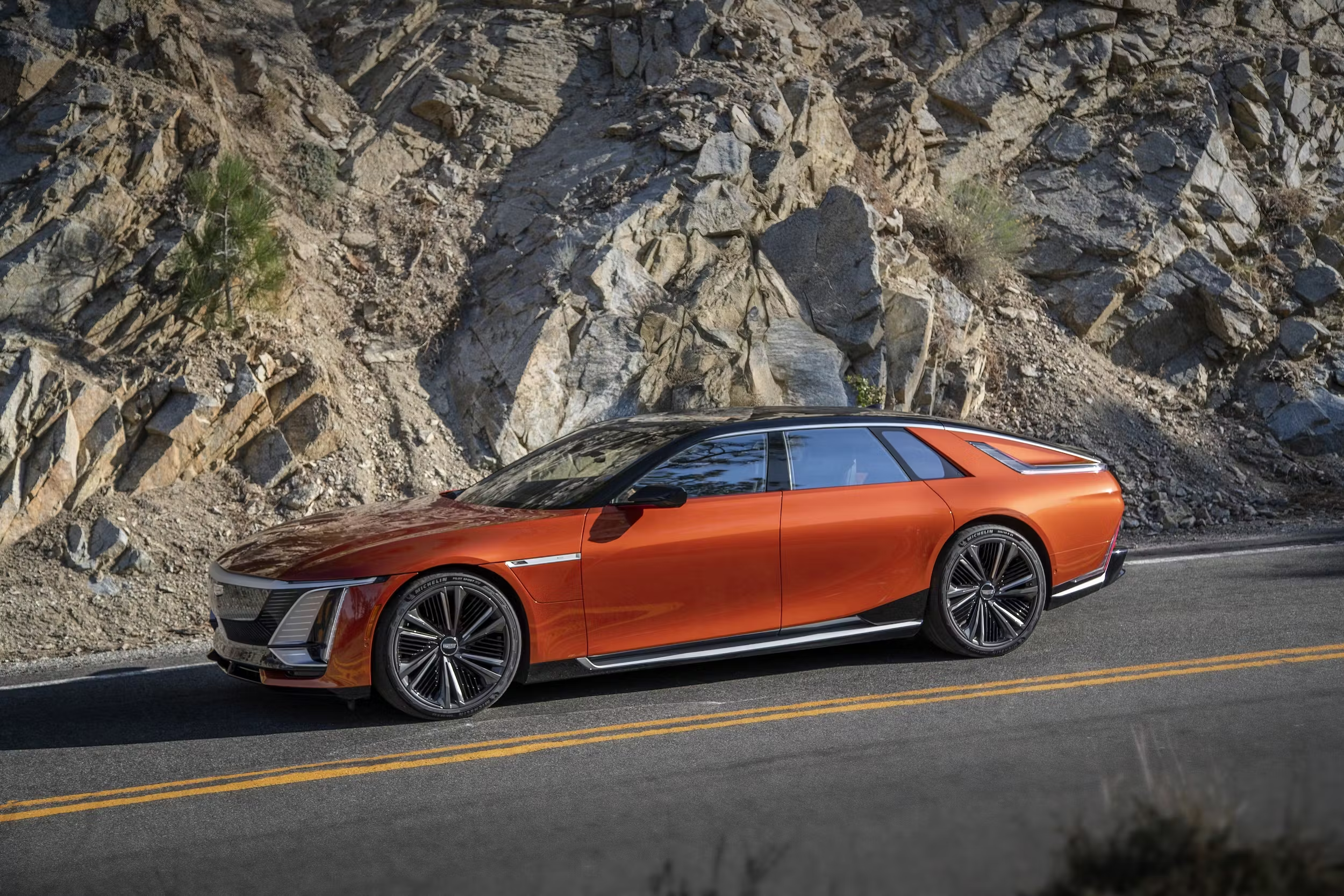
The brief for the Celestiq is equally wild in its audacity. The car is almost half a foot longer than the base Escalade and, at 6500 pounds, a portly 700 pounds heavier. The doors open and close at the push of a button. There’s 55 inches—nearly five feet—of high-def touchscreen draped across the instrument panel. Overhead, the massive glass roof is divided into four quadrants that can be lightened or darkened individually.
Specs: 2025 Cadillac Celestiq
• Price: $350,000 (est.)
• Powertrain: 111-kWh lithium-ion battery; twin permanent-magnet electric motors (one per axle)
• Output: 655 hp, 646 lb-ft torque
• Layout: All-wheel-drive, four-door, four-passenger hatchback
• EPA-Rated Fuel Economy: TBD
• Range: 303 miles
• 0–60 mph: 3.7 seconds
• Competitors: Rolls-Royce, Mercedes-Maybach S-Class, Bentley Flying Spur
There are 42 stereo speakers aboard, including four on the outside to make zoomy sounds and the rest to take advantage of the ear-bending Dolby Atmos sound system. Every Celestiq is assembled and painted by hand; there’s only one robot involved (to squeeze a uniform bead of sealant on the windshield before installation). It takes one full month to make—not the entire car, mind you, just the 3D-printed decorative aluminum steering wheel boss, one of 115 metal parts on the car that are 3D-printed and then subjected to a variety of machining and treatment processes that take time and add cost.
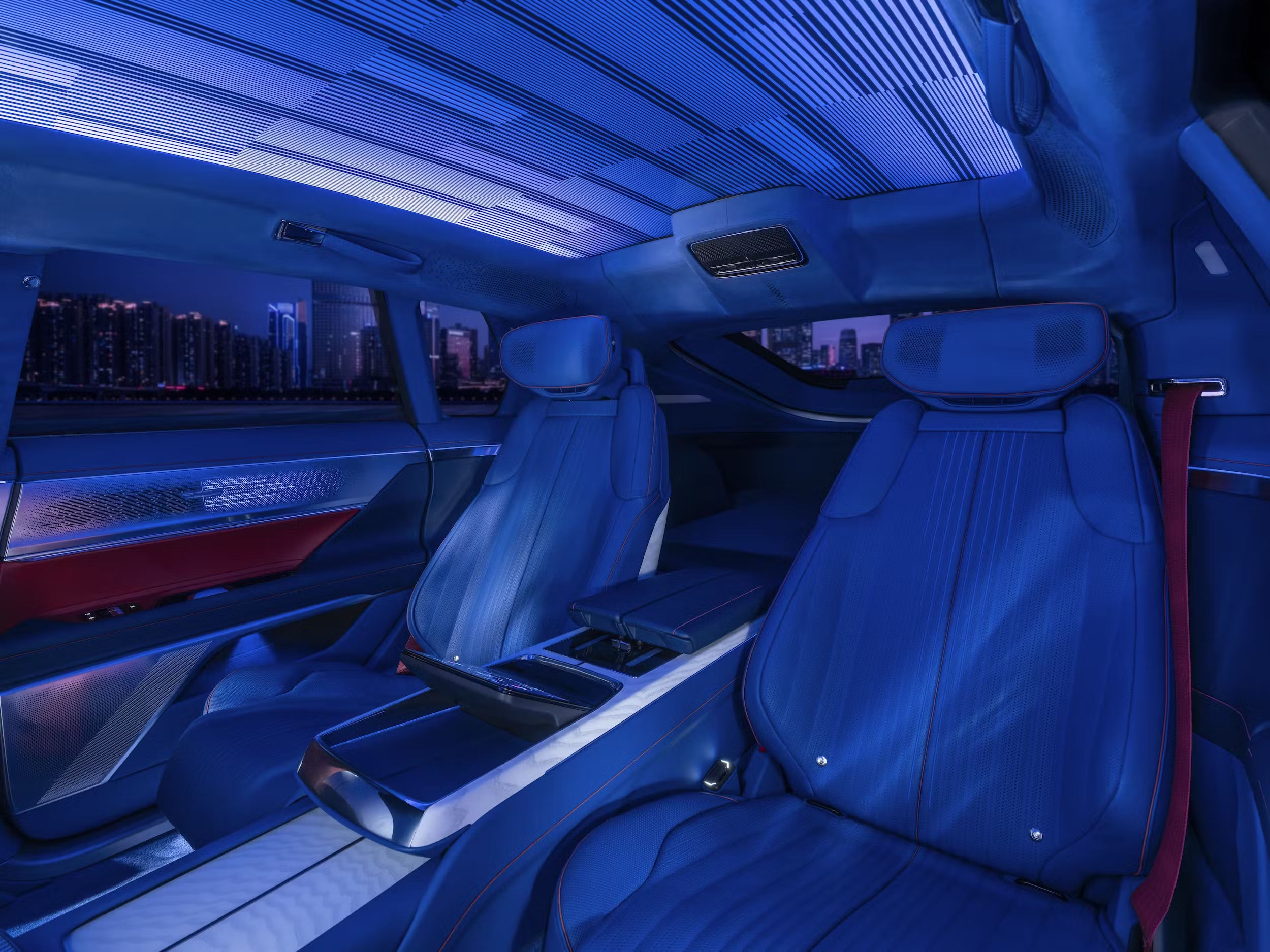
The punters jet in to visit Cadillac House, basically a Celestiq boutique adjacent to the GM Tech Center in suburban Detroit where design guides individually walk buyers through an eye-glazing palette of color and trim options. Besides selecting your safety belt color, seat piping accents, and headliner material, there are trim choices that incorporate metal, wood, carbon fiber, or some combination of all. There’s an option to have the door jambs finished in bare brushed aluminum. It takes three weeks of paint masking and hand brushing by two dedicated artisans and costs $40,000. It is understood that four Celestiq buyers have already opted for this feature.
Reportedly, there are—fittingly matching the car’s price—350,000 possible option combinations. This ensures that no two Celestiqs will be the same. It also means that buyers will spend some time at Cadillac House, exploring materials and watching their bespoke vehicle take shape in an advanced digital configurator. When asked where these high-profile clients typically stay during their visit to Detroit, we were told they usually depart the same day—on their private jets, naturally.
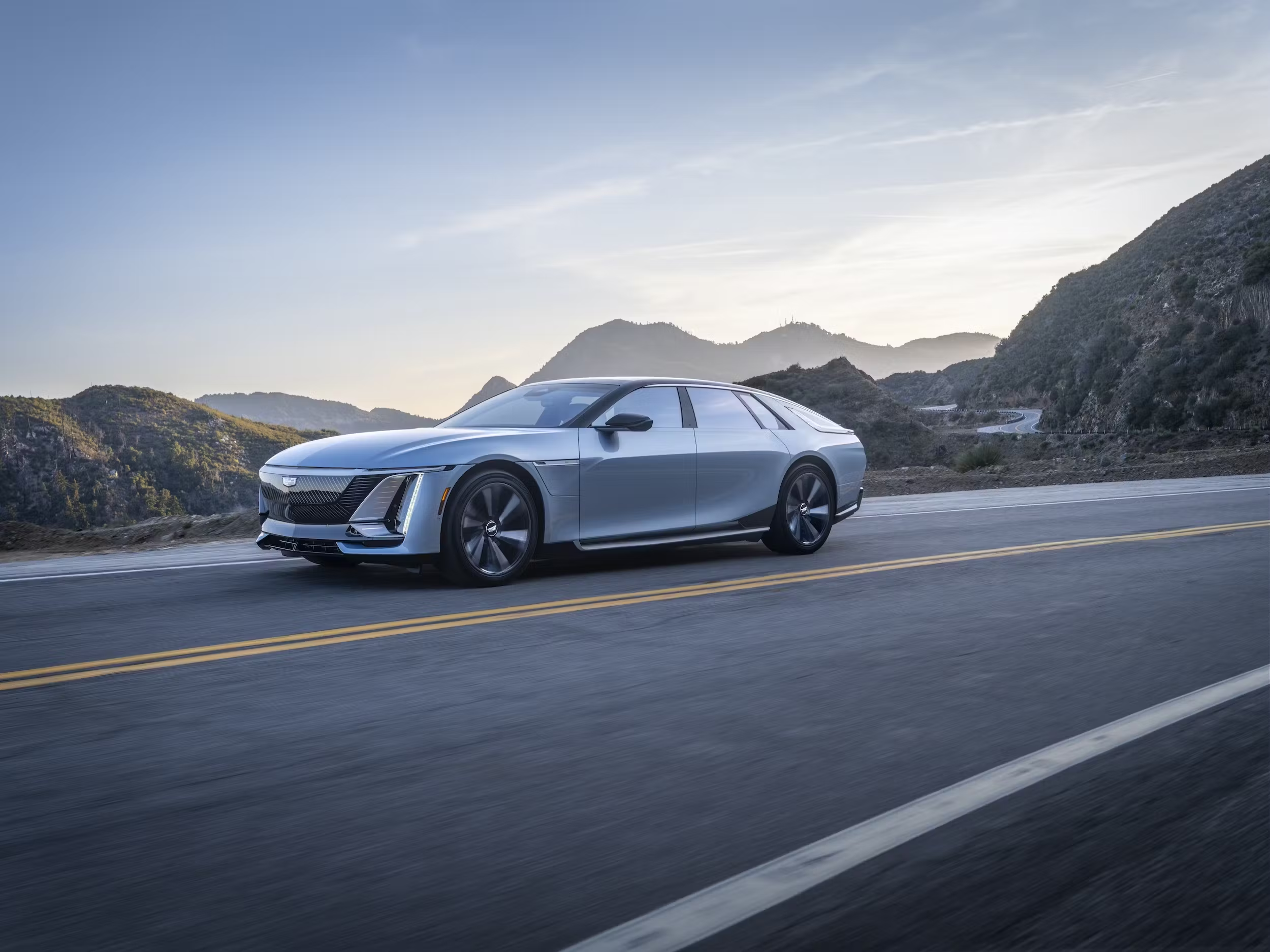
The Celestiq began as a concept, of course. The Cadillac Escala was an S-Class-sized sedan exercise that debuted at the 2016 Pebble Beach Concours d’Elegance. Chief engineer Tony Roma recalls that sometime after the debut, GM president Mark Reuss and vice president of global design Michael Simcoe came to him and said, “Go make that a real car.” In fact, in a reverse of the concept-to-production norm, the Celestiq—with its windshield raked at the same steep angle as the Corvette C8, its exaggerated cab-rearward proportions, and the hockey-stick taillight swooshes on its daring hatchback rear—is more out-there than was the relatively buttoned-down Escala.
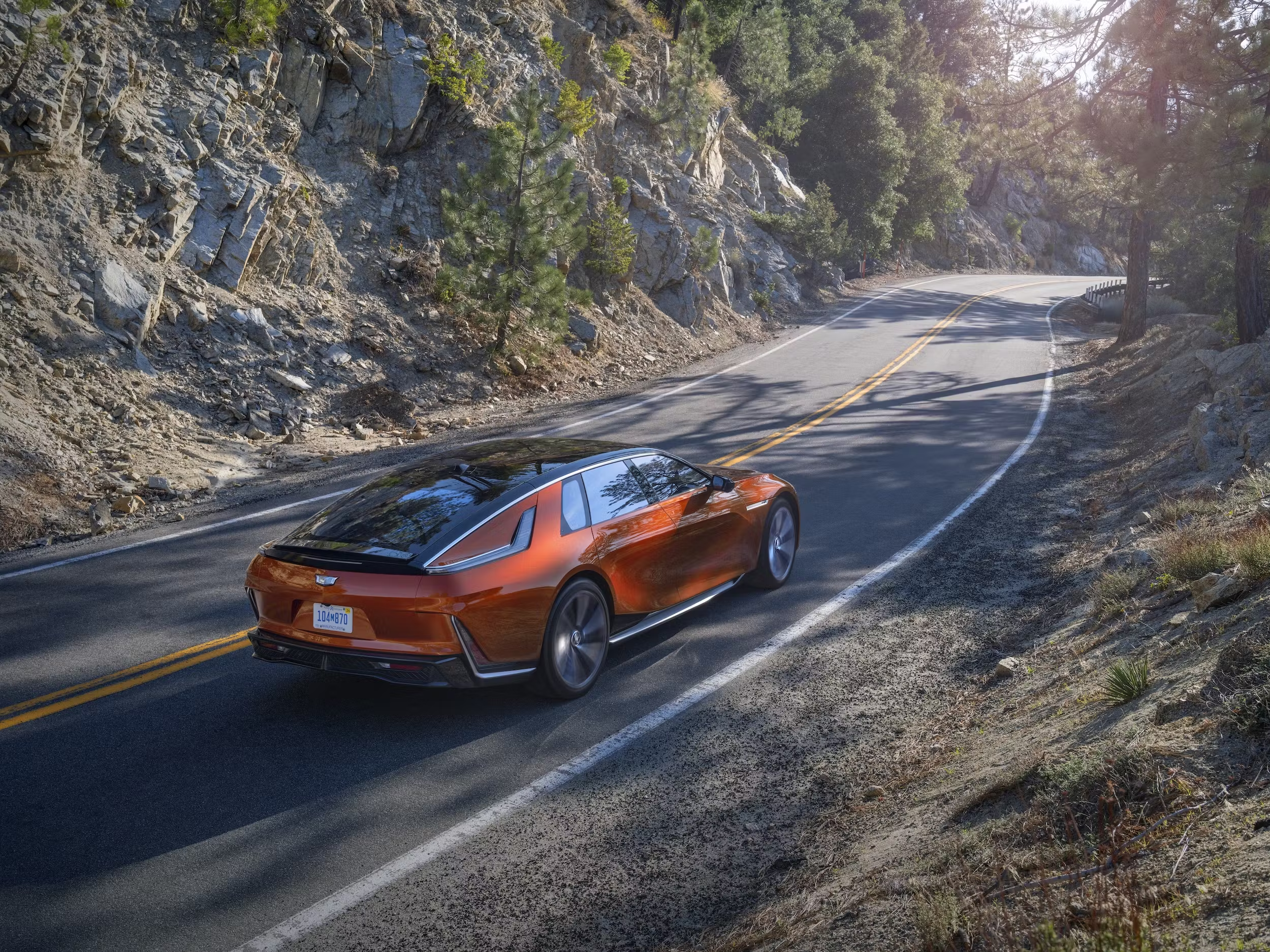
If there’s one critique to be made, it’s that the Celestiq arguably deserved to debut before the similarly shaped—but significantly more affordable—Lyriq, rather than following in its footsteps. Instead of arriving as a thunderclap of newness it looks like the second draft. Even so, to the eyes the design is gorgeous, a fully modern sweep of fastback freshness that proves that GM is operating at a higher level than competitors employing the usual pastiche of tired clichés.
“It’s what drew everyone to this design,” said Celestiq design director Erin Crossley. “It looked impossible to make.”
And it nearly was. Roma calls the Celestiq “the designer’s car,” meaning that every time there was an argument between design and engineering, design won. The result is a genuine eye-catcher, albeit one with a few practical failings.
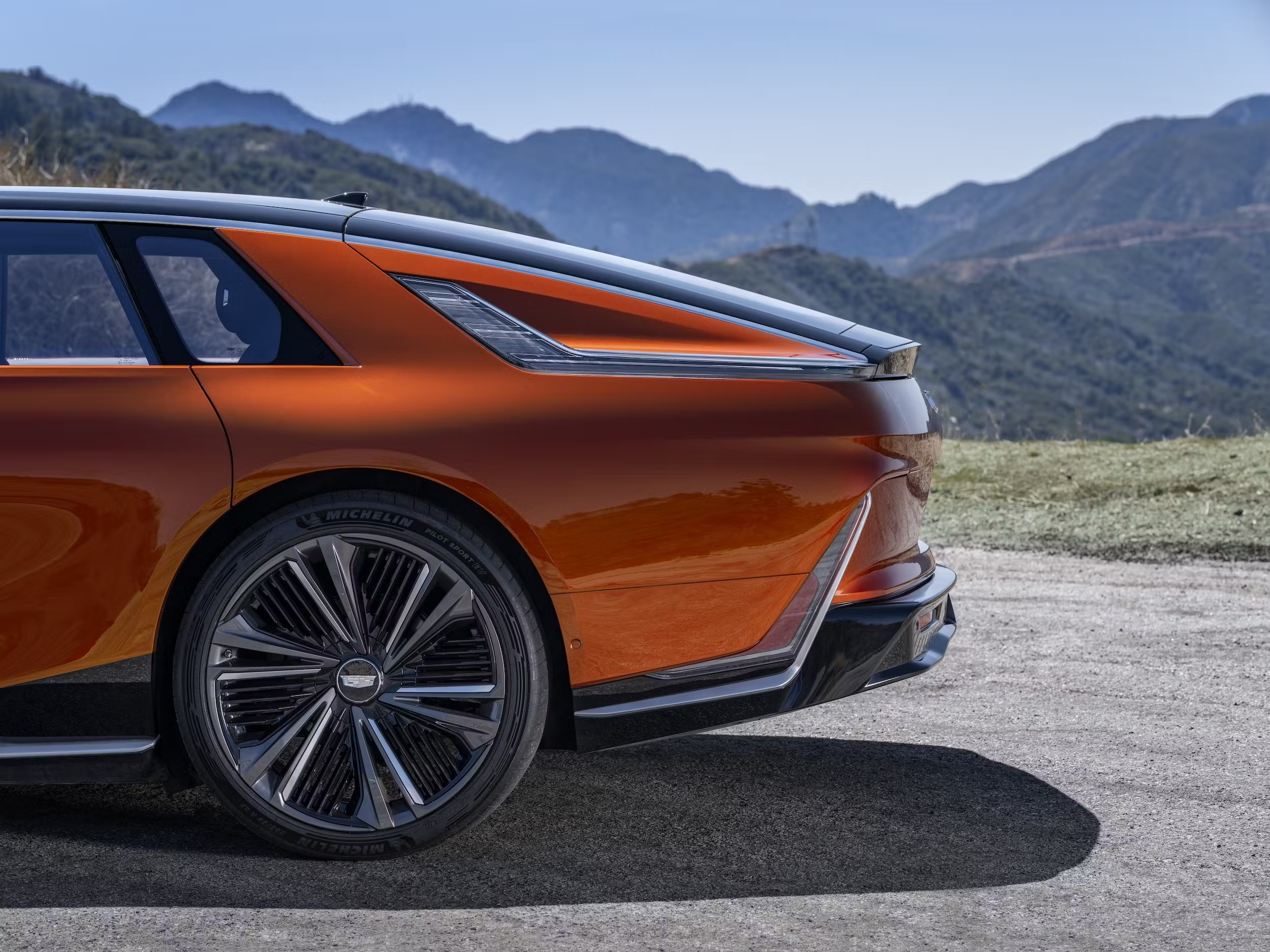
For example, a hatchback normally offers excellent added utility. In the Celestiq, however, the hatch is a nearly flat lid, and there is no cutout into the rear fascia and bumper, meaning folks must heft their Tumis and Louis Vuittons up and over the rather tall tush to load them. Why? Not for structural reasons, as one might assume, but simply because the designers wanted to preserve the clean look of the rear without any panel shut-lines disrupting the design. The hatch opening is also adorned with a wide ring of pearl-colored decorative plastic that looks nice but shrinks the loading hole. And after half a day’s driving the test car, the plastic turned sooty with road dust that found its way through the seams. Not to belabor the point, but concept meets reality.
Another area where design won out is the Celestiq’s bucket seats. Designers like firm, super-taut, and sculpted seats that offer the look of high precision. Many butts prefer softer and squishier seats such as you find in a modern Volvo, but those tufted seats have unsightly wrinkles that offend the designer’s aesthetic (also, granted, wrinkled leather doesn’t wear as well as smooth leather over time). After a full day in the Celestiq’s command chair, the butts were suffering. It is said that a revised seat design—featuring adjustable and reshaped lumbar support—will be implemented in the production models.
Riding on 23-inch forged aluminum wheels wearing sporty 35-series Michelin Pilot Sport EV tires stuffed into snug-fitting wheel arches, you’d expect the ride to be crispy. To avoid that problem, GM threw every technology it has at the Celestiq: Adaptive Air Suspension, Magnetic Ride Control, and Active Roll Control, the latter of which employs electronically adjustable stabilizer bars. Despite appearances, the hunkered-down Celestiq has the exact same wheel travel as the much more pedestrian (and now out of production) CT6 sedan, Roma said. During testing, the car would hit the lumpy surfaces of the proving grounds at 70 mph and remain so stable “we’d laugh our heads off.”
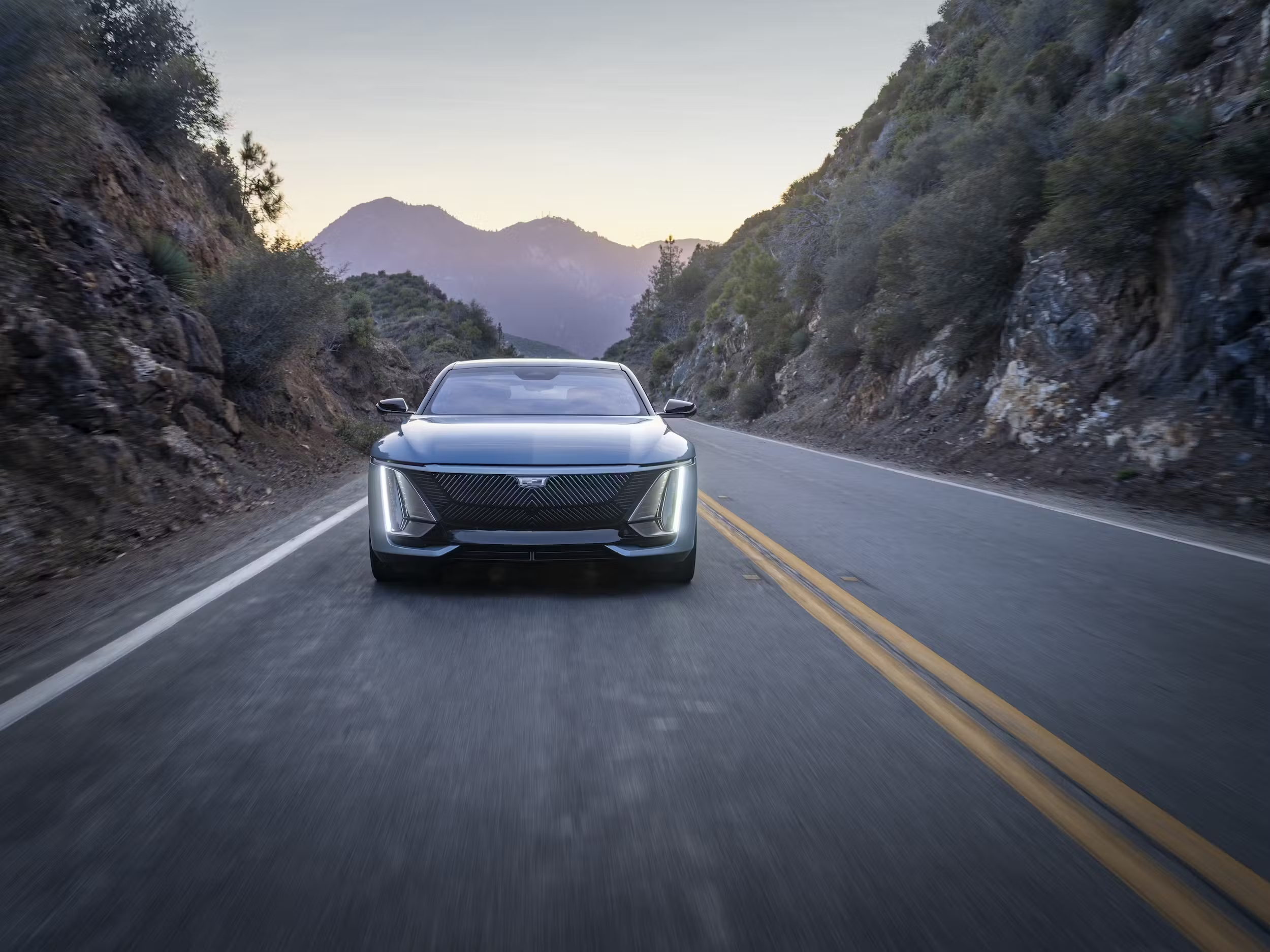
It’s a believable anecdote considering how good a ride the Celestiq exhibited out on the roads of California. No other car save a new Rolls-Royce so capably soaks up the blight and deadens the noise of the highway. At a brisk pace the Celestiq also carves a turn with aplomb, the body in tight control and with none of the excessive lean or porpoising you might expect from a car weighing as much as an F-250 hauling a load of bricks. Both the all-wheel drive and four-wheel steering contribute to a more dynamic steering response, although the steering rack’s tuning felt a touch slow for the preferences. Then again, this is a luxury car.
As such, it’s not too hard to overdrive the tires if you’re really whipping the Celestiq on a twisty road. When the car is pushed, the otherwise competent handling dissolves into understeer as the mass and acceleration work together to brutalize the tires. It has been confirmed that there will be no high-performance V or Blackwing variant of the Celestiq; this is the sole version—one model, and that’s all. It was never conceived to be a performance car, though 60 mph arrives in under four seconds. The advertised range from the 110-kWh, 400-volt pack is 303 miles.
The interior is clean and businesslike, the screens pushed far from the driver to the base of the windshield in order to keep the sightlines clear. Despite a GM corporate-wide ban on Apple CarPlay (unquestionably a very risky decision), the user interface is intuitive and the Dolby Atmos sound system is a wholly unique aural experience. With the various frequencies of your music split among so many tweeting and burbling and thumping speakers, it definitely isn’t like being in the concert hall nor is it quite like listening to a high-end home audio system. This is an entirely new type of soundscape and the Celestiq is just the insulated capsule in which to enjoy it.
There’s so much more to write about in the Celestiq: The ultra-hard, hot-formed 7000-series aluminum that had to be used in the roof because it must hold up triple the car’s weight in a rollover but, because of the giant glass panel, do so without any help from cross-car beams in the roof. Or the fact that GM used the Celestiq to perfect a new virtual product development process that allowed for 85 percent of the chassis tuning to be done before the first prototype was even built. Or the new type of smart airbags necessitated by the dash design, or the novel horizontal stacking of the battery plates that allowed the floor to be strategically scalloped in places for more legroom.
But that’s probably too much detail. Suffice it to say, as with Maybach, and as with the last Acura NSX, the Celestiq owes its existence to vanity rather than the normal rules of commerce. But that doesn’t mean GM didn’t learn a ton building the car that will be applied down the line to lesser products. As history has shown, moonshots tend to yield dividends for decades to come. And the automotive landscape is all the more enriched by the presence of the Celestiq—even if most will never see one on the road.
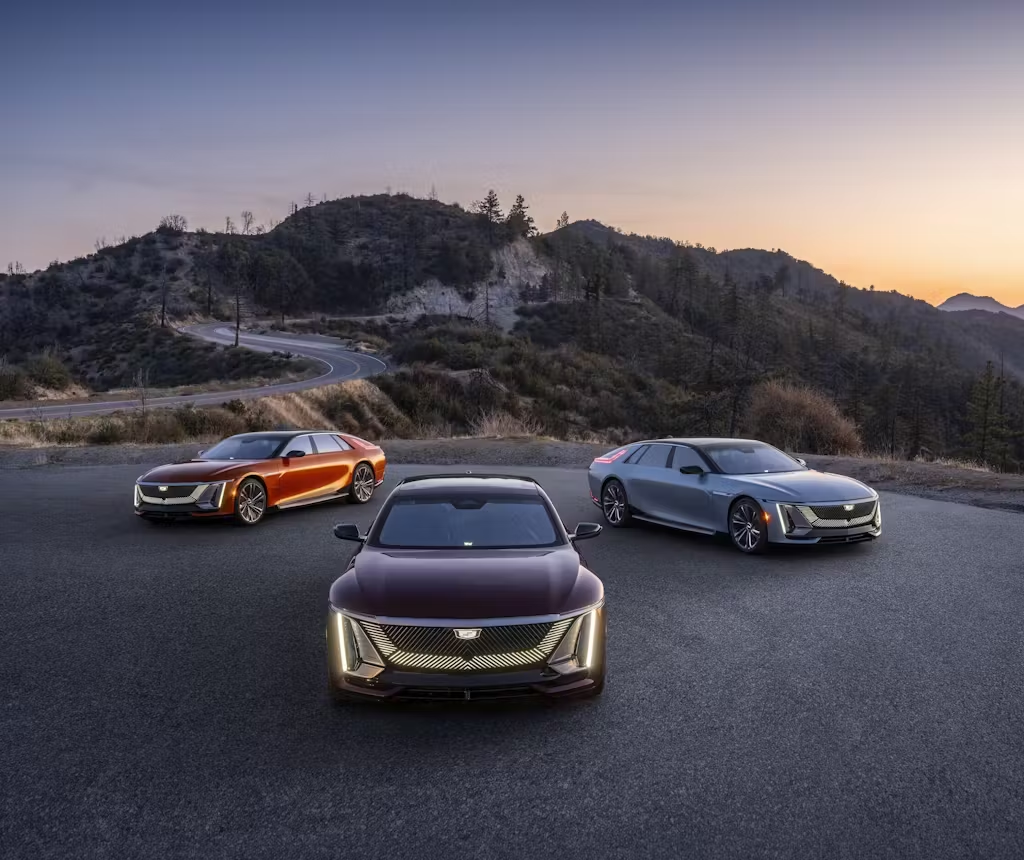
2025 Cadillac Celestiq
Highs: Gorgeous bod, Rolls-Royce ride, moonshot engineering, guaranteed exclusivity.
Lows: Moonshot price, firm seats, in some cases design triumphs over practicality.
Takeaway: A glorious vanity project to polish the Cadillac crest.
Report by Aaron Robinson
find more news here.
